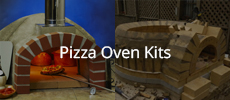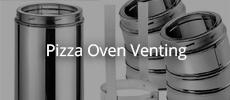Hello, this is our first post. We have been busy constructing a 42" inside diameter dome oven following Forno Bravo's plans. In a nutshell, we built our dome out of fire brick as instructed, covered it with 3" of ceramic fire blanket, followed by a layer of portland/vermiculite concrete. Ultimately we intend to have an exterior of brick veneer on the oven. What is the next step? We want to increase strength ( assuming the portland/vermiculite concrete is not very strong), and to have a waterproof layer that will block any moisture seeping through the mortar in the joints on the brick veneer. We don't want to add unnecessary weight or increase the size of the oven unnecessarily, but we also want a strong weather proof oven. What are our best options?
Thanks
Thanks






Comment